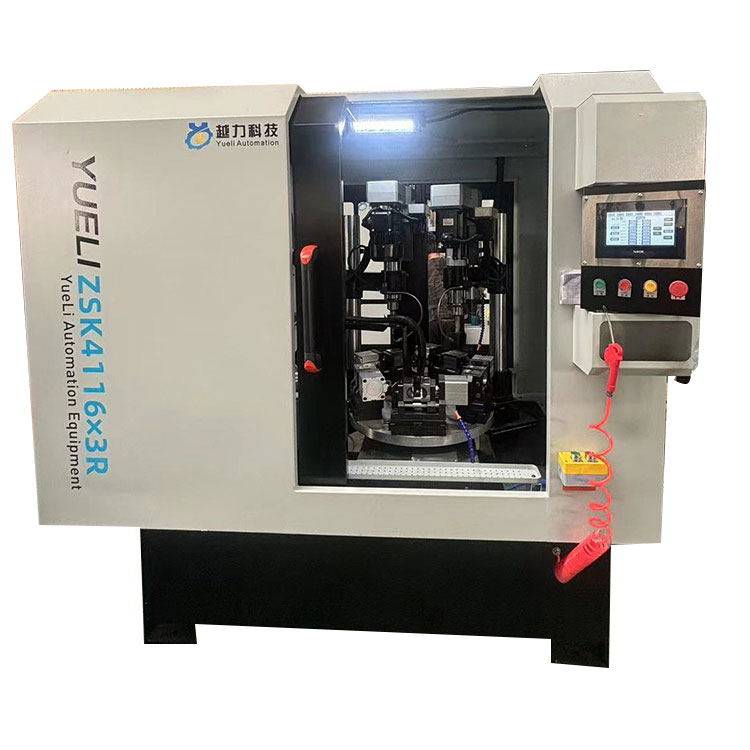- English
- Español
- Português
- русский
- Français
- 日本語
- Deutsch
- tiếng Việt
- Italiano
- Nederlands
- ภาษาไทย
- Polski
- 한국어
- Svenska
- magyar
- Malay
- বাংলা ভাষার
- Dansk
- Suomi
- हिन्दी
- Pilipino
- Türkçe
- Gaeilge
- العربية
- Indonesia
- Norsk
- تمل
- český
- ελληνικά
- український
- Javanese
- فارسی
- தமிழ்
- తెలుగు
- नेपाली
- Burmese
- български
- ລາວ
- Latine
- Қазақша
- Euskal
- Azərbaycan
- Slovenský jazyk
- Македонски
- Lietuvos
- Eesti Keel
- Română
- Slovenski
- मराठी
- Srpski језик
Application fields, usage methods, and maintenance points of drilling and tapping milling machines
2025-08-15
Drilling and tapping machine is a multifunctional machine tool equipment that combines drilling and tapping capabilities, widely used in various machining tasks in the manufacturing industry. Below is a brief introduction to the application areas, usage methods, and maintenance points of drilling and attacking machines

Application Fields
Drilling machines have a wide range of applications in the manufacturing industry:
Automotive manufacturing industry: In the production process of automotive components, such as engine parts, gears, housings, etc., a large number of drilling and tapping operations are required. This device can quickly complete these tasks and improve production efficiency.
Electronic manufacturing industry: In the production of electronic components and products, precise drilling and tapping processes are required to ensure product quality and reliability.
Mechanical processing: This equipment can be used to process various mechanical components, such as flanges, bearing seats, nuts, etc., to meet the needs of the mechanical processing industry.
Aerospace: In the aerospace field, this equipment can be used to process complex aircraft structural components, spacecraft parts, etc., ensuring their accuracy and reliability.
Mold manufacturing: In the field of mold manufacturing, this equipment can quickly process high-precision molds to meet the needs of product molding.
Usage
When using a drilling machine, the following points should be noted:
Operation training: Ensure that operators have received professional training, understand the operating specifications and safety precautions of the equipment.
Programming settings: Write and set appropriate machining programs based on the machining task, including drilling and tapping paths, speeds, and depths.
Workpiece clamping: Ensure that the workpiece is firmly clamped on the machine tool to avoid loosening or displacement during the machining process.
Tool selection: Choose the appropriate drill bit and tap according to the machining task to ensure the machining effect and efficiency.
Monitoring and processing: During the processing, regularly check the operation status and processing quality of the equipment, and adjust the processing parameters in a timely manner.
Maintenance points
Maintaining this equipment is crucial to ensuring its long-term stable operation. Here are some maintenance points:
Regular cleaning: Keep the equipment and processing area clean, remove chips and oil stains, and prevent damage to the equipment.
Lubrication and maintenance: Regularly inspect and replace the lubricating oil of the equipment to ensure the normal operation of all moving parts.
Tool maintenance: Keep the tools sharp and in good condition, regularly replace severely worn tools, and improve machining quality.
Electrical inspection: Regularly inspect the electrical system to ensure the stability and safety of the power supply, wiring, and control system.
Troubleshooting: When encountering a malfunction, promptly identify the cause and take corresponding measures for maintenance to avoid prolonged equipment downtime.





